Examples of unnatural amino acids that have been synthesized and encoded through the Facility
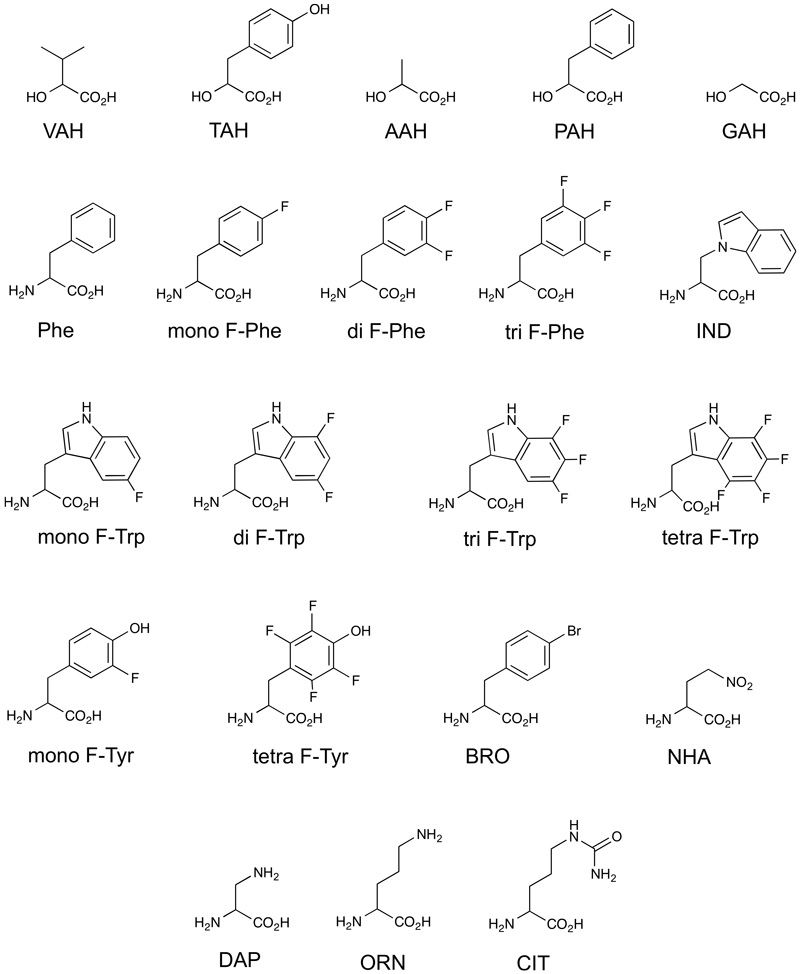
The Facility for Atomic Mutagenesis
The Facility for Atomic Mutagenesis
The primary mission of the Facility for Atomic Mutagenesis is to provide non-natural amino acids, informational support and specialized bioreagents for researchers interested in biophysical questions requiring a fine-tuned approach that traditional site-directed mutagenesis cannot answer. Potential areas of inquiry include protein-ligand energetics and kinetics, secondary structure dynamics and folding, and biomolecular subunit interactions.
The primary mission of the Facility for Atomic Mutagenesis is to provide non-natural amino acids, informational support and specialized bioreagents for researchers interested in biophysical questions requiring a fine-tuned approach that traditional site-directed mutagenesis cannot answer. Potential areas of inquiry include protein-ligand energetics and kinetics, secondary structure dynamics and folding, and biomolecular subunit interactions.
Our main service is to prepare orthogonal tRNA charged with unnatural amino acids, and to provide it to investigators as easily reconstituted lyophilized pellets. Utilizing the technique of nonsense suppression, this loaded tRNA can be incorporated at the site of an introduced stop, or nonsense, codon in a gene. The engineered bio-orthogonality of the tRNA sequence and manner of tRNA/amino acid preparation and handling ensure that the desired amino acid is delivered exclusively to the site of investigation.
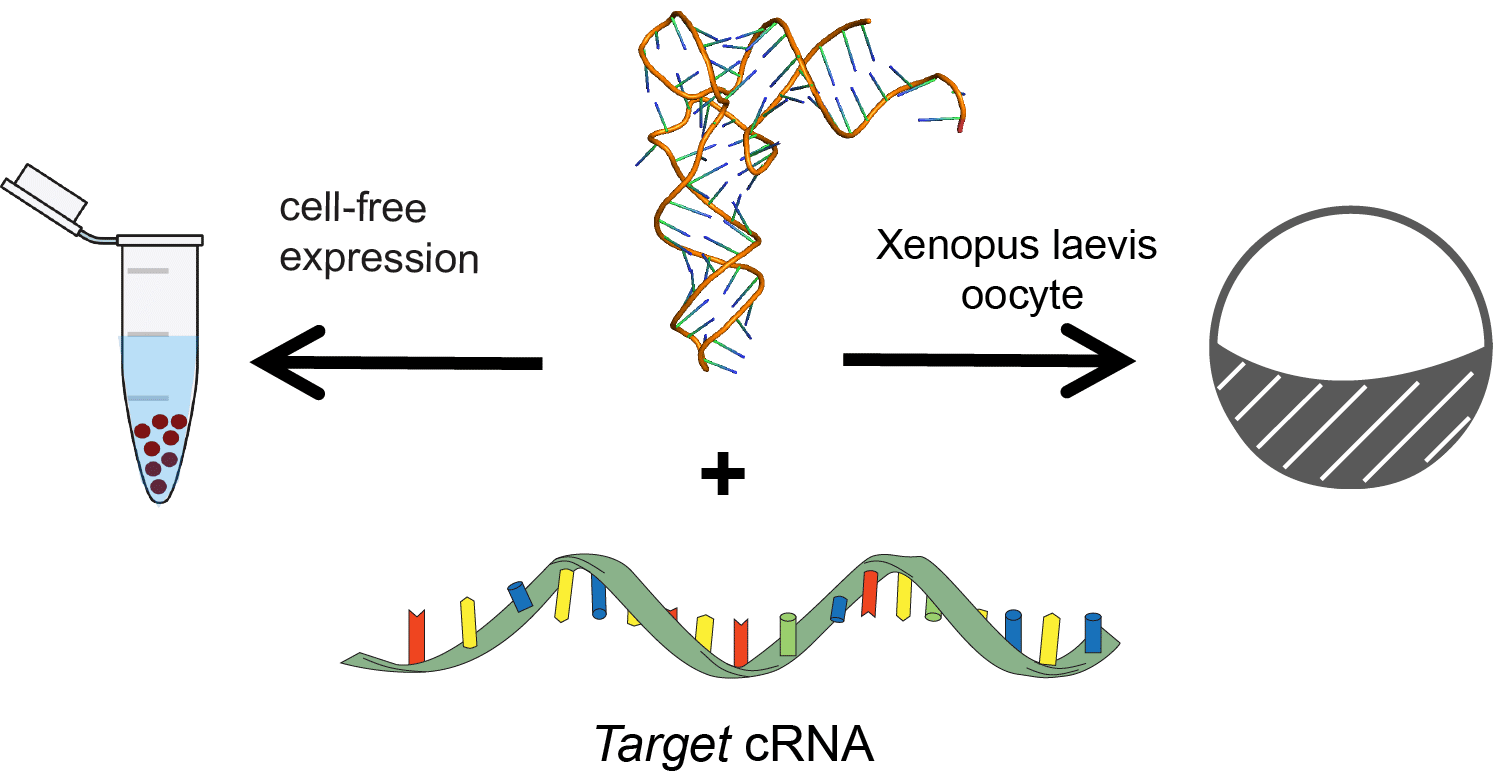
In addition, we perform specialized syntheses of unnatural amino acids bound to fatty acids, lipids, fluorescent dyes, etc.
To utilize core resources, new users are asked to send correspondence to the Facility director, Dr. Christopher Ahern.
Current applications of this amber codon suppression approach utilize chemically misacylated pyrrolysine tRNA and the Xenopus oocyte or cell-free protein expression systems. If the overall project is considered to be feasible, a brief 1-2 page proposal will be requested that contains the following experimental information.
Additional considerations include the amount of tRNA and UAA reagents required, the unnatural amino acids are requested, and project impact.
New projects will be reviewed as they are received with the Advisory Board consisting of Dr. Eduardo Perozo (University of Chicago), Dr. Robert Nakamoto (Virginia Commonwealth), Dr. Shohei Koide (NYU), and Dr. Anthony Kossiakoff (University of Chicago)
The Facility for Atomic Mutagenesis is comprised of researchers and technicians in the areas of electrophysiology and synthetic organic chemistry. Managing Director Professor Chris Ahern has developed a range of products for incorporating unnatural amino acids into protein, and other biomolecules of interest to collaborators. Our lead chemist, Associate Research Scientist Dr. Jason D. Galpin, has over 25 years’ experience in synthetic methodology and has been creating unnatural amino acid reagents and DNA/RNA chimeras for the past 8 years. Research Assistant Grace Galles is currently instrumental in providing support in the production and purification of the charged tRNA. Together we have created a facility that can nimbly respond to the needs of the scientific community.
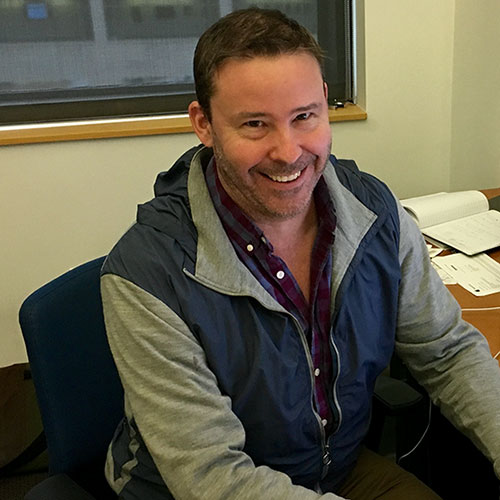
Associate Professor
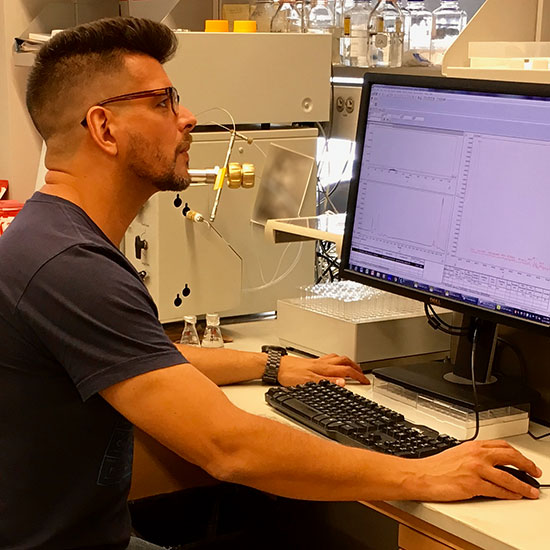
Research Associate
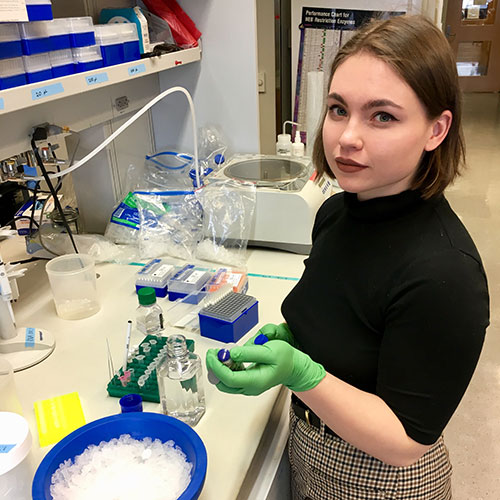
Undergraduate Student
Thank you for your interest in utilizing the core facility. Please feel free to contact us to learn more about the application process and or if you have questions regarding an existing order.
(office): 319-335-6464
(lab): 319-335-6990